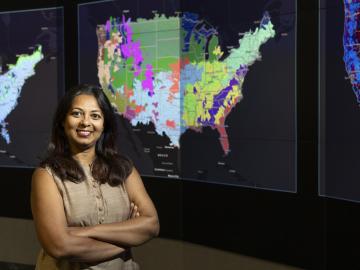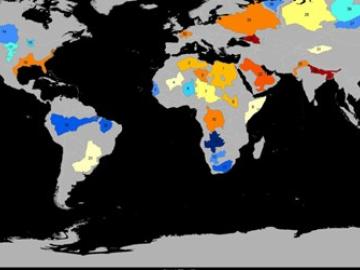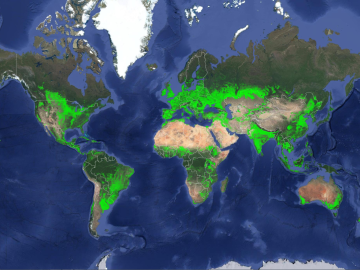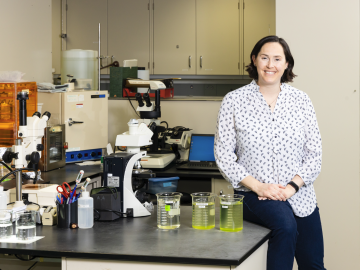
Filter News
News Topics
- (-) Clean Water (5)
- 3-D Printing/Advanced Manufacturing (24)
- Advanced Reactors (4)
- Artificial Intelligence (38)
- Big Data (21)
- Bioenergy (13)
- Biology (18)
- Biomedical (10)
- Biotechnology (8)
- Buildings (25)
- Chemical Sciences (23)
- Climate Change (30)
- Composites (10)
- Computer Science (33)
- Critical Materials (7)
- Decarbonization (30)
- Education (2)
- Emergency (1)
- Energy Storage (12)
- Environment (30)
- Exascale Computing (16)
- Fossil Energy (3)
- Frontier (13)
- Fusion (10)
- Grid (11)
- High-Performance Computing (29)
- Isotopes (15)
- ITER (1)
- Machine Learning (16)
- Materials (21)
- Materials Science (24)
- Mathematics (5)
- Microelectronics (2)
- Microscopy (2)
- Molten Salt (1)
- Nanotechnology (2)
- National Security (29)
- Net Zero (7)
- Neutron Science (22)
- Nuclear Energy (12)
- Partnerships (22)
- Physics (9)
- Polymers (5)
- Quantum Computing (16)
- Quantum Science (18)
- Security (4)
- Simulation (20)
- Space Exploration (3)
- Statistics (3)
- Summit (10)
- Sustainable Energy (24)
- Transportation (14)
Media Contacts

Debjani Singh, a senior scientist at ORNL, leads the HydroSource project, which enhances hydropower research by making water data more accessible and useful. With a background in water resources, data science, and earth science, Singh applies innovative tools like AI to advance research. Her career, shaped by her early exposure to science in India, focuses on bridging research with practical applications.

To better predict long-term flooding risk, scientists at the Department of Energy’s Oak Ridge National Laboratory developed a 3D modeling framework that captures the complex dynamics of water as it flows across the landscape. The framework seeks to provide valuable insights into which communities are most vulnerable as the climate changes, and was developed for a project that’s assessing climate risk and mitigation pathways for an urban area along the Southeast Texas coast.

Groundwater withdrawals are expected to peak in about one-third of the world’s basins by 2050, potentially triggering significant trade and agriculture shifts, a new analysis finds.

ORNL climate modeling expertise contributed to a project that assessed global emissions of ammonia from croplands now and in a warmer future, while also identifying solutions tuned to local growing conditions.

Louise Stevenson uses her expertise as an environmental toxicologist to evaluate the effects of stressors such as chemicals and other contaminants on aquatic systems.


